See how interdisciplinary research at UNM substantially improves health in New Mexico and throughout the world.
 505-272-8207
505-272-8207
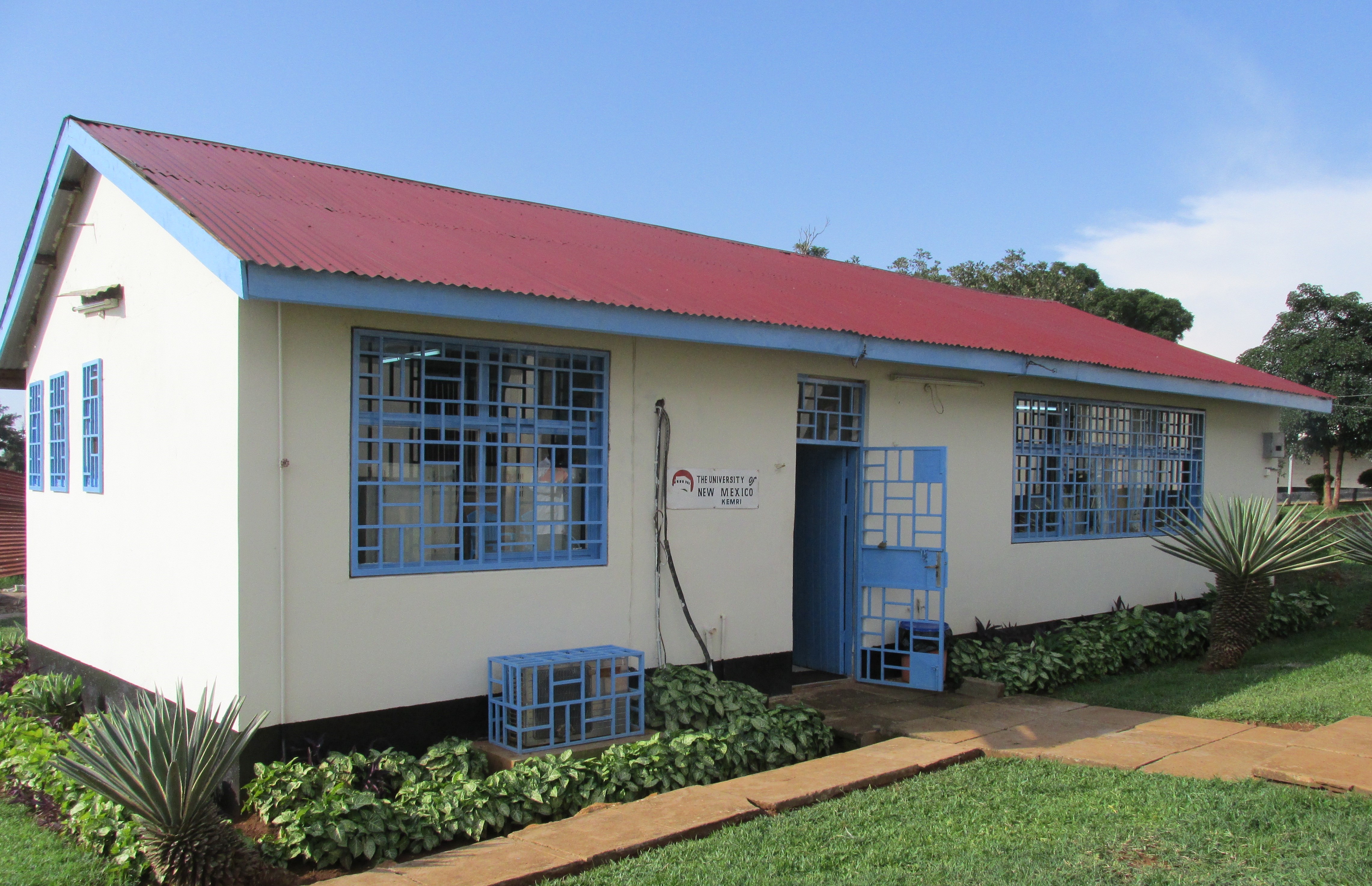
The University of New Mexico has established research laboratories at Maseno University (City Campus) in Kisumu, and Siaya Kenya.
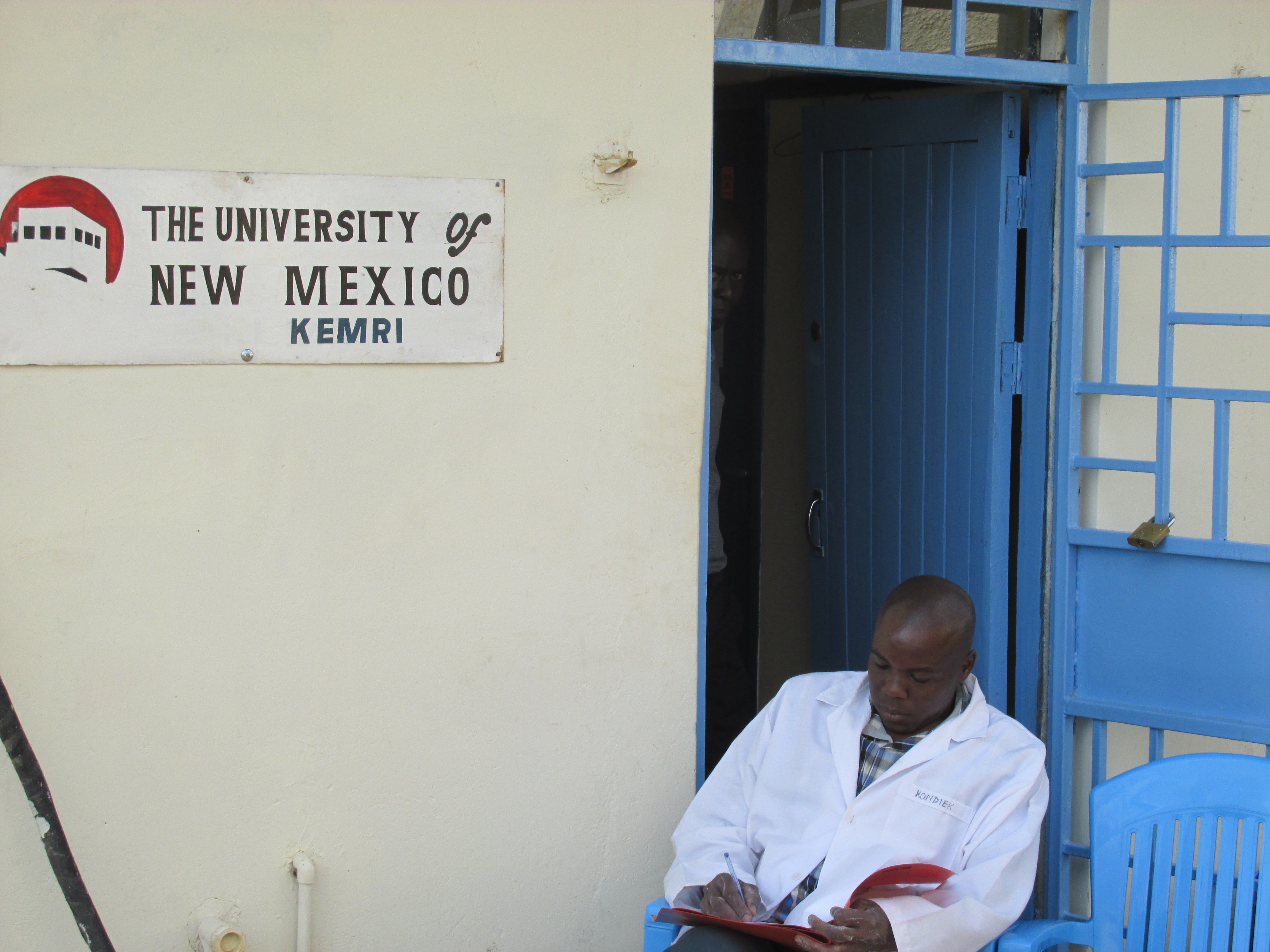
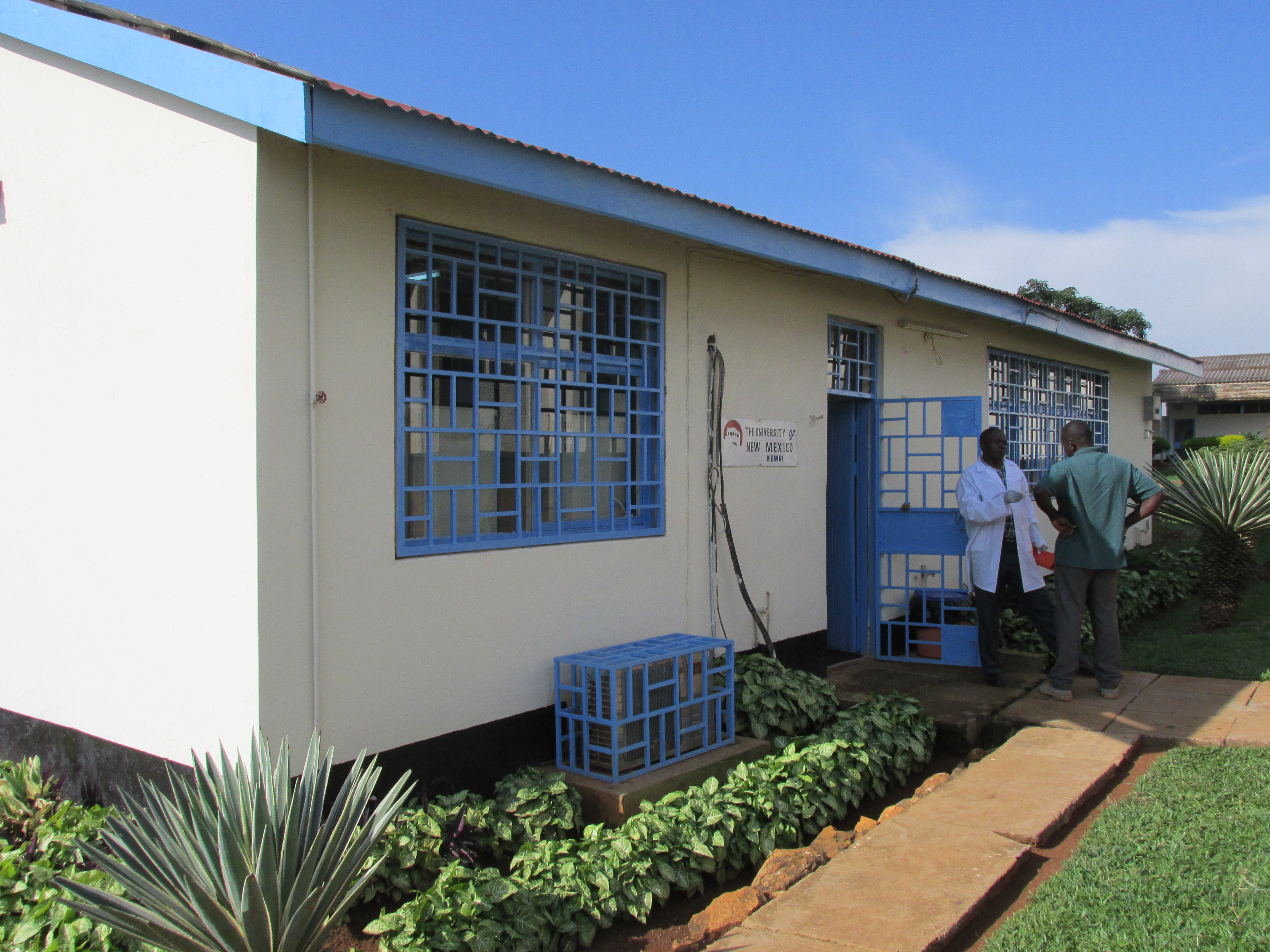

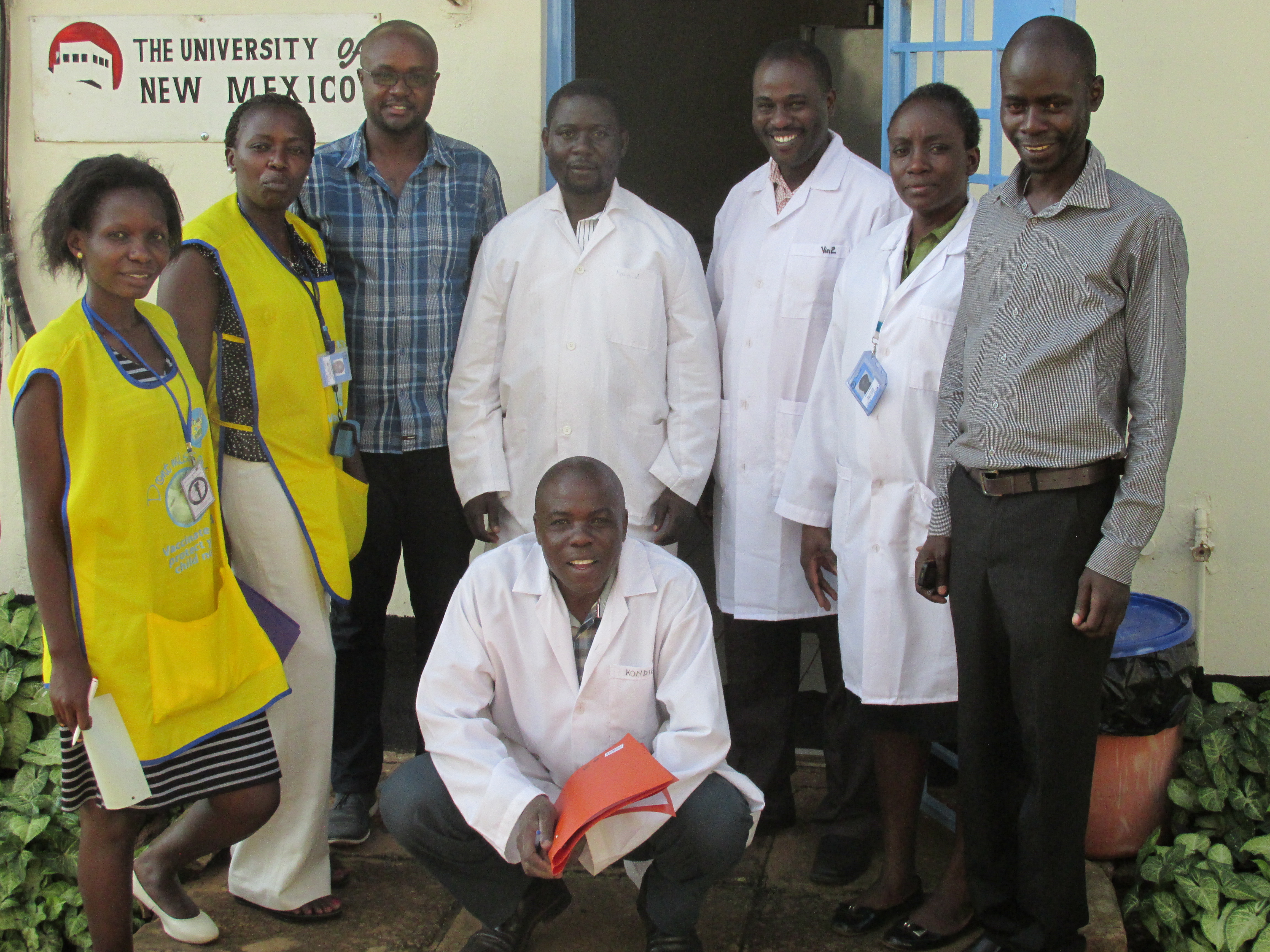
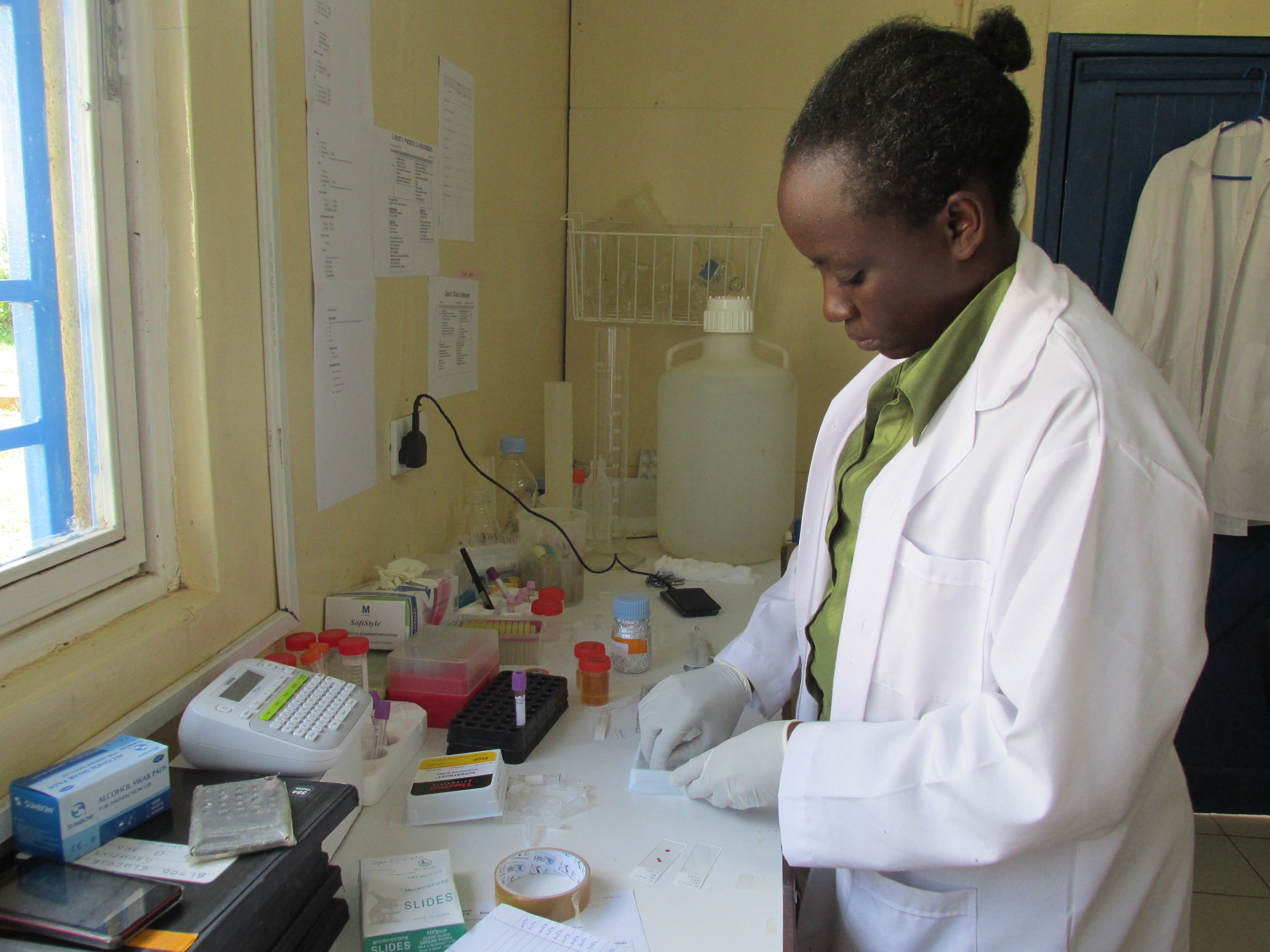


Siaya county (2,496.1 km2, 963.7 sq mi) is located on the border of Lake Victoria and is one of the poorest counties in Kenya, with most households incomes below the poverty line. The population of Siaya county was 993,183 in 2019. Siaya has the highest rates of morbidity and mortality in the country due to infectious diseases, including high infant mortality rates.
The most common diseases in Siaya district are HIV/AIDS, respiratory infections, skin diseases, diarrheal disease, severe malnutrition and malaria.
This equatorial community of East Africa has one of the highest rates of malaria in the world, resulting in substantial morbidity and mortality in children less than 48 months of age. At any point in time throughout the year, a large fraction of the children below 36 months of age are carrying malaria parasites in their system. Children who survive malaria gradually gain immunity to the disease. However, immunity is lost when women become pregnant. The increased susceptibility to malaria and other infectious diseases during pregnancy translates into high rates of morbidity and mortality for pregnant women and their unborn children.
The Siaya community has also been dramatically affected by HIV/AIDS. The high rate of HIV, despite implementation of ARVs, creates substantial challenges for the healthcare system, including exacerbation of malarial anemia in the pediatric population.

The SCRH is a 360-bed facility located in the heart of the Siaya County in western Kenya. Although the hospital was designed to accommodate 360 beds, it is frequently beyond capacity since it is the only hospital serving the district of over 1 million people.
The pediatric ward is a 60-bed facility that admits as many as 20 children per day during peak malaria episodes following the rainy season. Since the average stay for each admission is approximately three days, the facility is frequently overburdened throughout much of the year. The addition of new beds, as part of our ongoing work within the facility, has dramatically improved the ongoing crisis.
Our collaboration with the hospital has also allowed for renovations of the pediatric ward to improve the quality of health care in the impoverished rural setting. Improvements have included providing a clean source of water for drinking and bathing and implementation of proper sanitation.
In addition to serving the pediatric population within the community, SCRH is also the primary health facility for adult care. The maternity ward and other adult wards are faced with the challenging problem of taking care of the large population of adolescents and adults with HIV/AIDS and tuberculosis.
State-of-the-art research facilities were established adjacent to the pediatric ward at the SCRH. The University of New Mexico research laboratories are a collaborative effort with Maseno University and the Ministry of Health, Kenya.
Research conducted at SDH includes:
These activities afford an opportunity for training as well as capacity building to enable the community to respond to the growing challenges imposed by infectious agents.
Kisumu lies at the northeastern edge of Lake Victoria and is the third largest city in Kenya after Nairobi and Mombasa. The population of Kisumu was 721,082 in 2019.
The University of New Mexico has established molecular research laboratories and the central UNM-Kenya administrative activities at Maseno University (City Campus) in Kisumu, Kenya.
The laboratories focus on investigations for:

Siaya county (2,496.1 km2, 963.7 sq mi) is located on the border of Lake Victoria and is one of the poorest counties in Kenya, with most households incomes below the poverty line. The population of Siaya county was 993,183 in 2019. Siaya has the highest rates of morbidity and mortality in the country due to infectious diseases, including high infant mortality rates.
The most common diseases in Siaya district are HIV/AIDS, respiratory infections, skin diseases, diarrheal disease, severe malnutrition and malaria.
This equatorial community of East Africa has one of the highest rates of malaria in the world, resulting in substantial morbidity and mortality in children less than 48 months of age. At any point in time throughout the year, a large fraction of the children below 36 months of age are carrying malaria parasites in their system. Children who survive malaria gradually gain immunity to the disease. However, immunity is lost when women become pregnant. The increased susceptibility to malaria and other infectious diseases during pregnancy translates into high rates of morbidity and mortality for pregnant women and their unborn children.
The Siaya community has also been dramatically affected by HIV/AIDS. The high rate of HIV, despite implementation of ARVs, creates substantial challenges for the healthcare system, including exacerbation of malarial anemia in the pediatric population.

The SCRH is a 360-bed facility located in the heart of the Siaya County in western Kenya. Although the hospital was designed to accommodate 360 beds, it is frequently beyond capacity since it is the only hospital serving the district of over 1 million people.
The pediatric ward is a 60-bed facility that admits as many as 20 children per day during peak malaria episodes following the rainy season. Since the average stay for each admission is approximately three days, the facility is frequently overburdened throughout much of the year. The addition of new beds, as part of our ongoing work within the facility, has dramatically improved the ongoing crisis.
Our collaboration with the hospital has also allowed for renovations of the pediatric ward to improve the quality of health care in the impoverished rural setting. Improvements have included providing a clean source of water for drinking and bathing and implementation of proper sanitation.
In addition to serving the pediatric population within the community, SCRH is also the primary health facility for adult care. The maternity ward and other adult wards are faced with the challenging problem of taking care of the large population of adolescents and adults with HIV/AIDS and tuberculosis.
State-of-the-art research facilities were established adjacent to the pediatric ward at the SCRH. The University of New Mexico research laboratories are a collaborative effort with Maseno University and the Ministry of Health, Kenya.
Research conducted at SDH includes:
These activities afford an opportunity for training as well as capacity building to enable the community to respond to the growing challenges imposed by infectious agents.
Kisumu lies at the northeastern edge of Lake Victoria and is the third largest city in Kenya after Nairobi and Mombasa. The population of Kisumu was 721,082 in 2019.
The University of New Mexico has established molecular research laboratories and the central UNM-Kenya administrative activities at Maseno University (City Campus) in Kisumu, Kenya.
The laboratories focus on investigations for:
